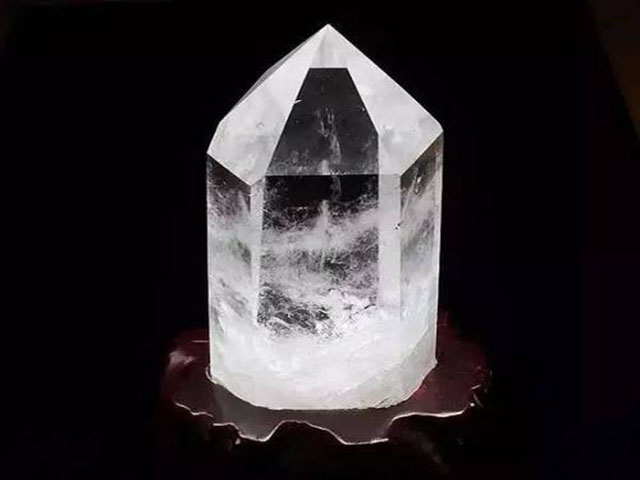When it comes to construction projects, choosing the right size of stones is critical to ensure the durability and longevity of the structure. Three popular sizes of stones are 89 stone, 57 stone, and 67 stone, each with its unique features and benefits. In this article, we will compare the three stone sizes in terms of size, weight, cost, strength, and suitability for different construction projects.
What are 89 Stone, 57 Stone, and 67 Stone?
Before we dive into the comparison, let’s first define each stone size.
89 Stone
89 stone, also known as “crusher run”, is a type of coarse aggregate that is commonly used for road base and driveways. It is a mixture of stone dust and three-quarter inch crushed stone.
57 Stone
57 stone, also known as “gravel”, is another type of coarse aggregate that is widely used in construction projects. It is made up of three-quarter inch crushed stone that is mixed with stone dust.
67 Stone
67 stone, also known as “pea gravel”, is a smaller size of stone compared to 89 stone and 57 stone. It is typically used for landscaping, drainage, and pipe bedding. It is made up of three-eighths inch crushed stone that is mixed with stone dust.
Comparison of 89 Stone, 57 Stone, and 67 Stone
Size Comparison
89 stone has the largest diameter of the three stone sizes, with an average diameter of 1.5 inches. 57 stone has a slightly smaller diameter, with an average diameter of 1 inch. 67 stone has the smallest diameter of the three, with an average diameter of 0.375 inches.
In terms of depth, 89 stone and 57 stone are typically used for road base and have a recommended depth of 4-6 inches. 67 stone, on the other hand, is used for landscaping and drainage and has a recommended depth of 2-4 inches.
Weight Comparison
The weight of the stones varies depending on the size and density of the material. 89 stone is the heaviest of the three stone sizes, with an average weight of 2,850 pounds per cubic yard. 57 stone has an average weight of 2,640 pounds per cubic yard, while 67 stone has an average weight of 2,500 pounds per cubic yard.
Cost Comparison
The cost of the stones also varies depending on the size and availability of the material. 89 stone is generally the most expensive of the three stone sizes, with an average cost of $65 per ton. 57 stone has an average cost of $55 per ton, while 67 stone has an average cost of $45 per ton.
Strength Comparison
All three stone sizes are strong and durable, but 89 stone is the strongest of the three due to its larger size and density. It is often used for heavy-duty applications such as road base and driveways. 57 stone is also strong and commonly used for road base, while 67 stone is not as strong and is typically used for landscaping and drainage projects.
Suitability for Different Construction Projects
Each stone size has its own set of uses and suitability for different construction projects. 89 stone is commonly used for road base, driveways, and heavy-duty applications. 57 stone is also used for road base, as well as for drainage, pipe bedding, and landscaping. 67 stone is primarily used for landscaping, drainage, and pipe bedding.
Factors to Consider When Choosing Between 89 Stone, 57 Stone, and 67 Stone
When choosing between the three stone sizes, there are several factors that you should consider:
Project Requirements and Specifications
The type of construction project you are working on will determine which stone size is most suitable. For heavy-duty applications such as road base and driveways, 89 stone is the best choice due to its strength and durability. For lighter applications such as landscaping and drainage, 57 stone or 67 stone may be more appropriate.
Soil Conditions
The soil conditions in your area will also affect your choice of stone size. If the soil is soft and prone to erosion, a larger stone size such as 89 stone may be necessary to provide stability and support. If the soil is firmer and less prone to erosion, a smaller stone size such as 57 stone or 67 stone may be sufficient.
Climate and Weather Conditions
Climate and weather conditions can also impact your choice of stone size. In areas with frequent heavy rain, a larger stone size such as 89 stone may be necessary to prevent erosion and ensure proper drainage. In areas with milder weather, a smaller stone size such as 57 stone or 67 stone may be sufficient.
Availability and Cost
Finally, availability and cost are important factors to consider when choosing between the three stone sizes. If a particular stone size is not readily available in your area, you may need to consider alternative options. Similarly, if one stone size is significantly more expensive than the others, you may need to weigh the benefits against the cost.
Conclusion
In conclusion, 89 stone, 57 stone, and 67 stone are all popular choices for construction projects, each with its own set of features and benefits. When choosing between the three stone sizes, it is important to consider factors such as project requirements, soil conditions, climate and weather conditions, availability, and cost. By taking these factors into account, you can make an informed decision and choose the stone size that is best suited for your construction project.





